While the Chester Champion is as good as any in its class, it has one major drawback.

Anyone who has used a round column mill/drill will know that if you unlock the head to raise or lower it, you have no way of knowing how far it has moved axially. Spotting a part with a centre drill and then having to raise the head to accommodate a long drill, using an edge finder and then having to raise or lower the head for a different length tool, the machine will lose registration every time. I had been suffering with this problem ever since I bought one and was always trying to think up ways of getting round it but never quite solving it.
You do tend to put up with these shortcomings (or at least I do) until there comes a point at which things have got to change.
It came to a head when I forgot to lock the head after moving it and made a right old mess of a part I was working on. At about the same time my home-made DRO - a Schumatech DRO 350 - decided not to display an axis when I needed it most. This was the point at which something had to be done.
Fitting a Chinese DRO and scales
My home-made DRO (made from a kit) had been giving me grief for quite a while. Every now and then it would fail to display one or more axes, usually when I was in the middle of a job! Despite many years as an electronics engineer I am ashamed to say that I never could find the fault.
I had a look around at DRO’s and found a Chinese one which came with three glass scales at a reasonable price, so I ordered one.
Well, after a week or so the new DRO arrived. I plugged it all up and checked it out on the bench. All the axes displayed properly so all seemed well. All I needed to do was install it. It was getting a bit late in the day so I thought I’d put off the installation and get down to reading the instructions first.
Help!
I read the instruction book and I was really no wiser. We’ve all heard of ‘Chinglish’ but this takes the biscuit! How about this:
この記事は Model Engineer の 4555 版に掲載されています。
7 日間の Magzter GOLD 無料トライアルを開始して、何千もの厳選されたプレミアム ストーリー、9,000 以上の雑誌や新聞にアクセスしてください。
すでに購読者です ? サインイン
この記事は Model Engineer の 4555 版に掲載されています。
7 日間の Magzter GOLD 無料トライアルを開始して、何千もの厳選されたプレミアム ストーリー、9,000 以上の雑誌や新聞にアクセスしてください。
すでに購読者です? サインイン
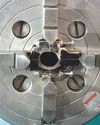
WORKSHOP TIP - Boring Eccentrics
I am making a 1 inch Minnie traction engine and have arrived at the machining of the eccentric straps.
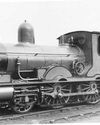
Wenford A 7¼ Inch Gauge 2-4-0 Beattie Well Tank
The stage has now been reached where the well tank body can be completed but beforehand there are some internal details to add.
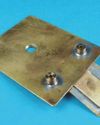
Vertical Boiler Locomotives
Vertical Boiler Locomotives
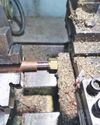
Union Nuts, and How to Make Them
These are quite different from those commercially available and are made from copper
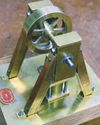
SHOWCASE Paul's Engine
One day my son Paul came to me and asked if we could make something in my workshop, so that he could learn engineering processes.
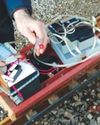
CLUB NEWS
My secret’s out!

Building Dancer - The Boiler
Dancer needed a boiler that would be somewhat larger than the size permitted under the Model Engineering exemptions in the New Zealand regulations.

An Inverted ‘Ross Yoke' Watercooled Stirling Engine
As with all my hot air engines they are cheap to build, mostly from scrap
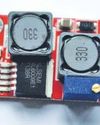
A Draught Proposal
A Draught Proposal
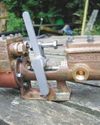
A Boiler Feed Pump
A Boiler Feed Pump